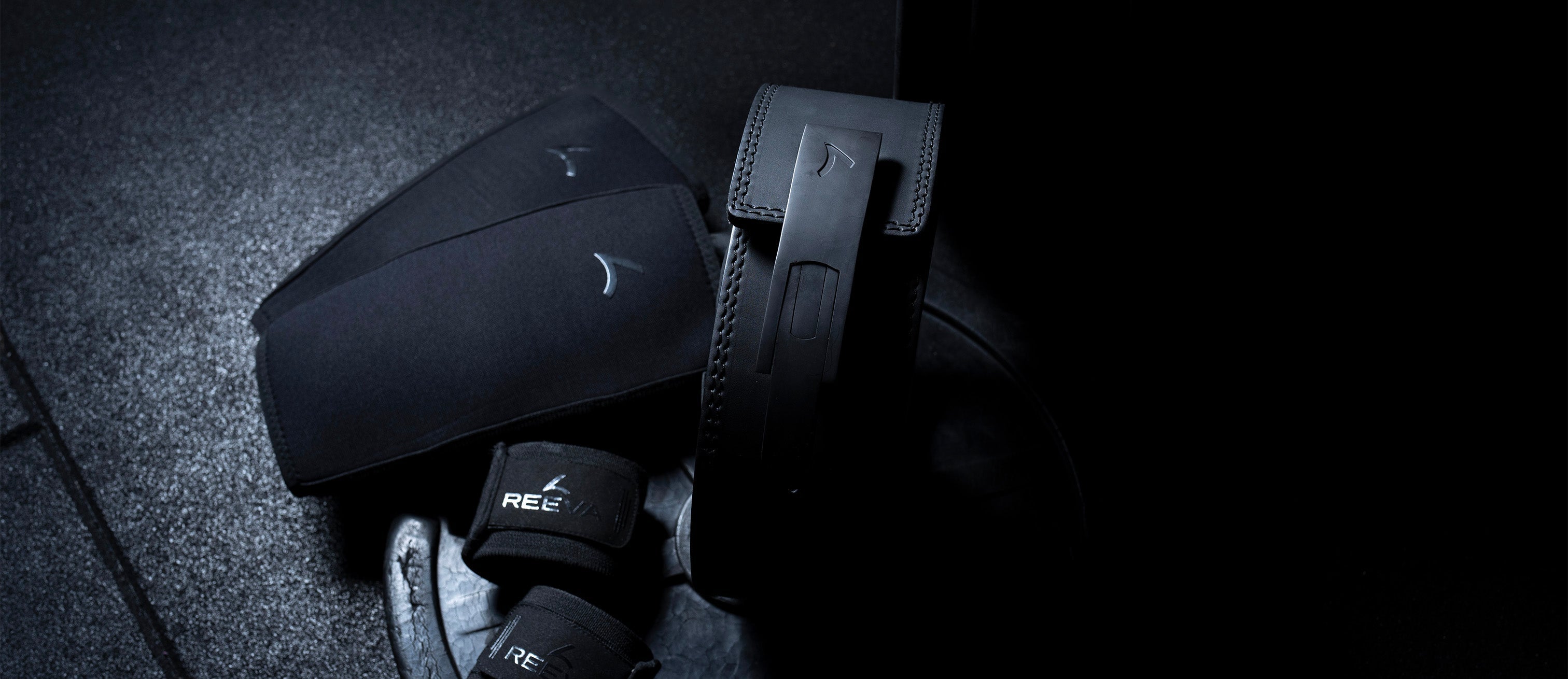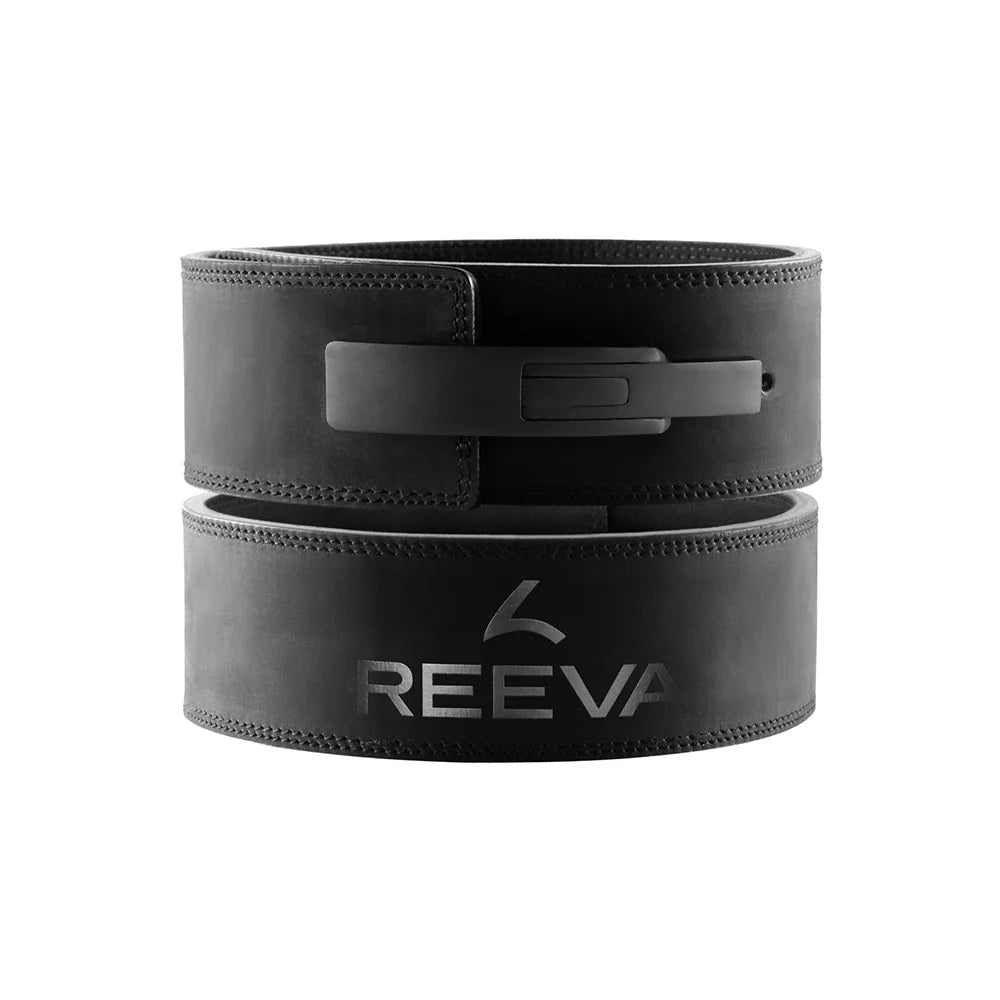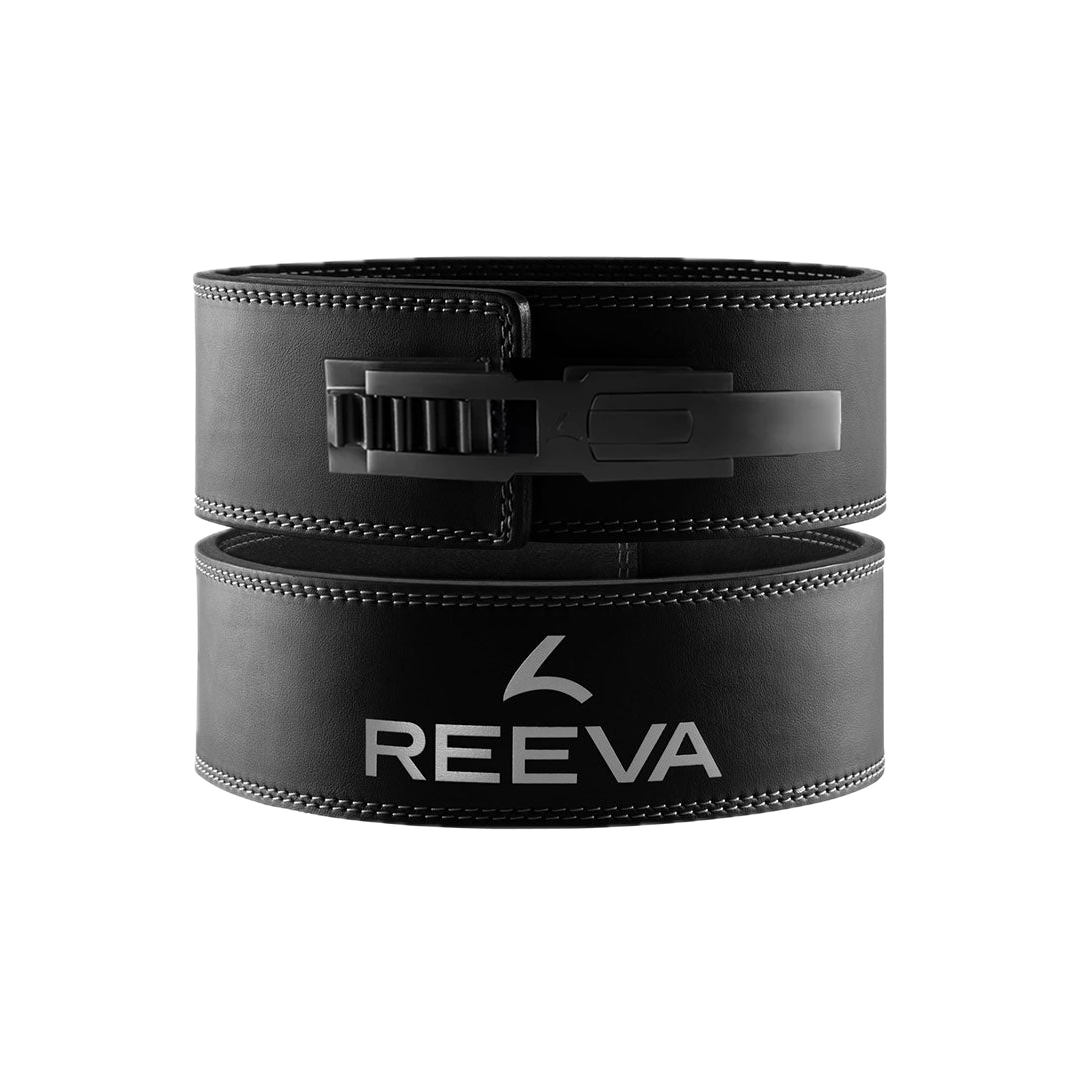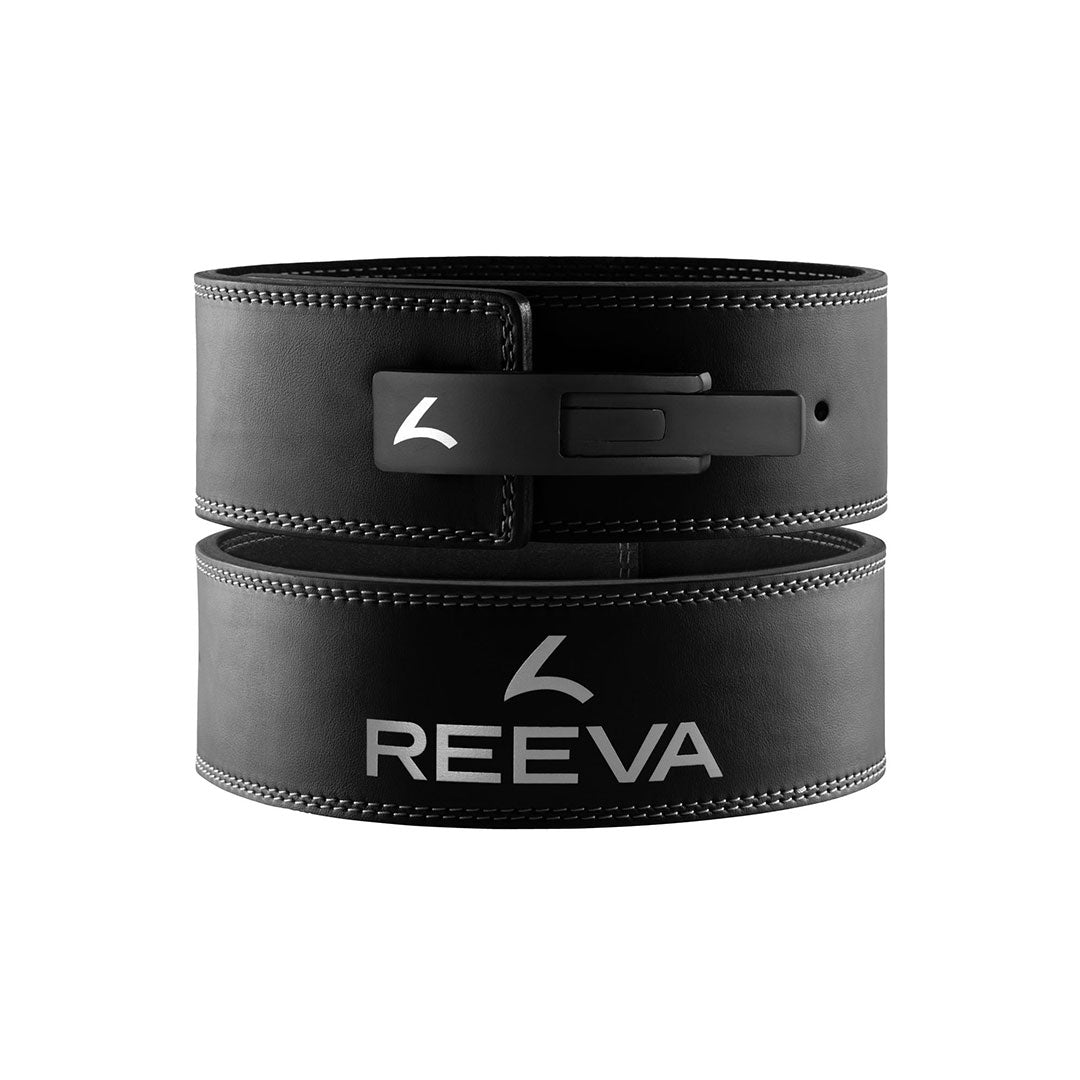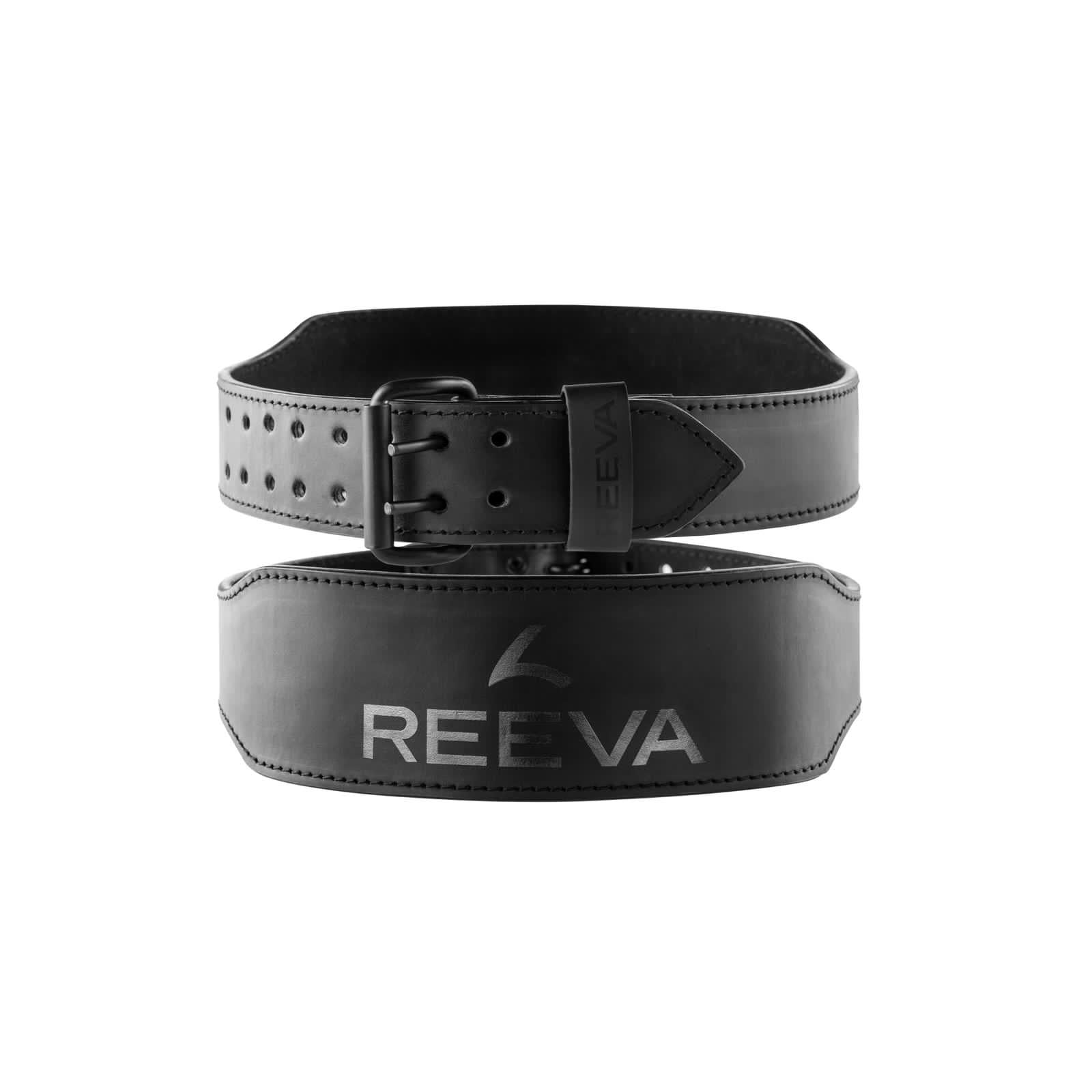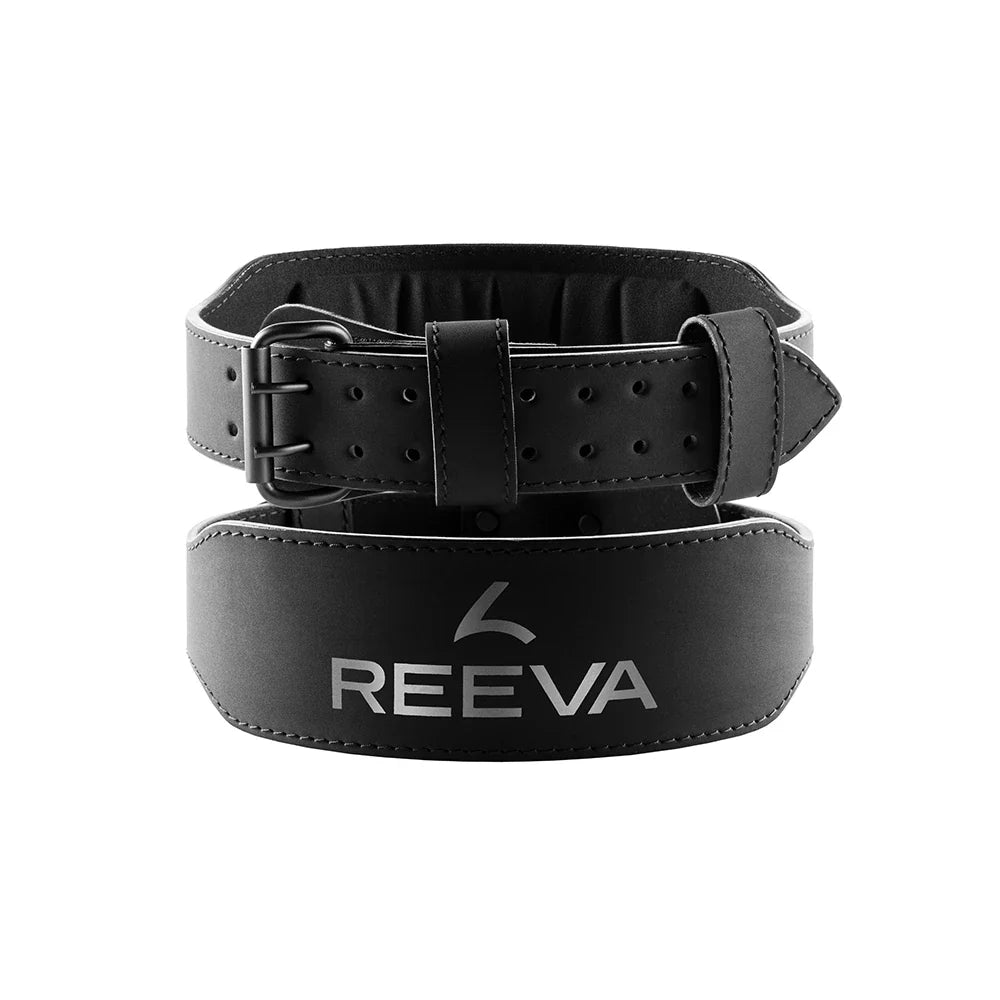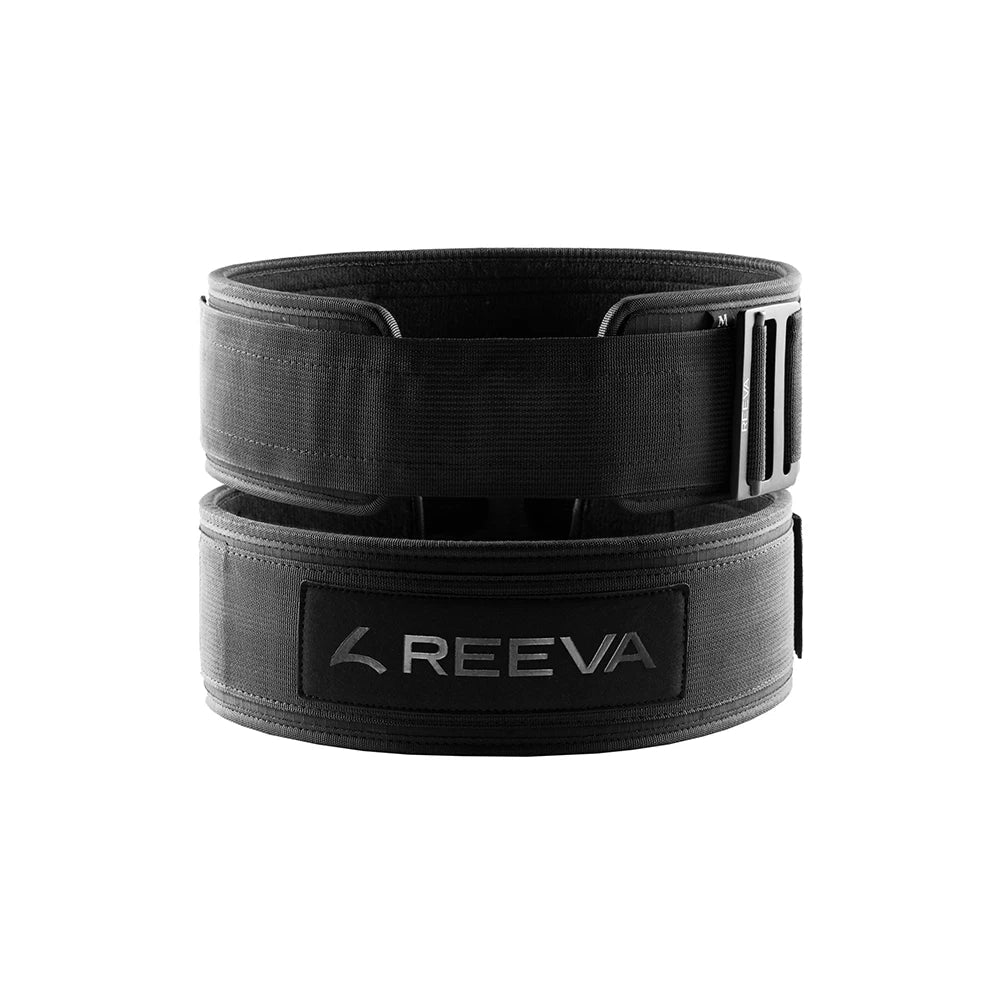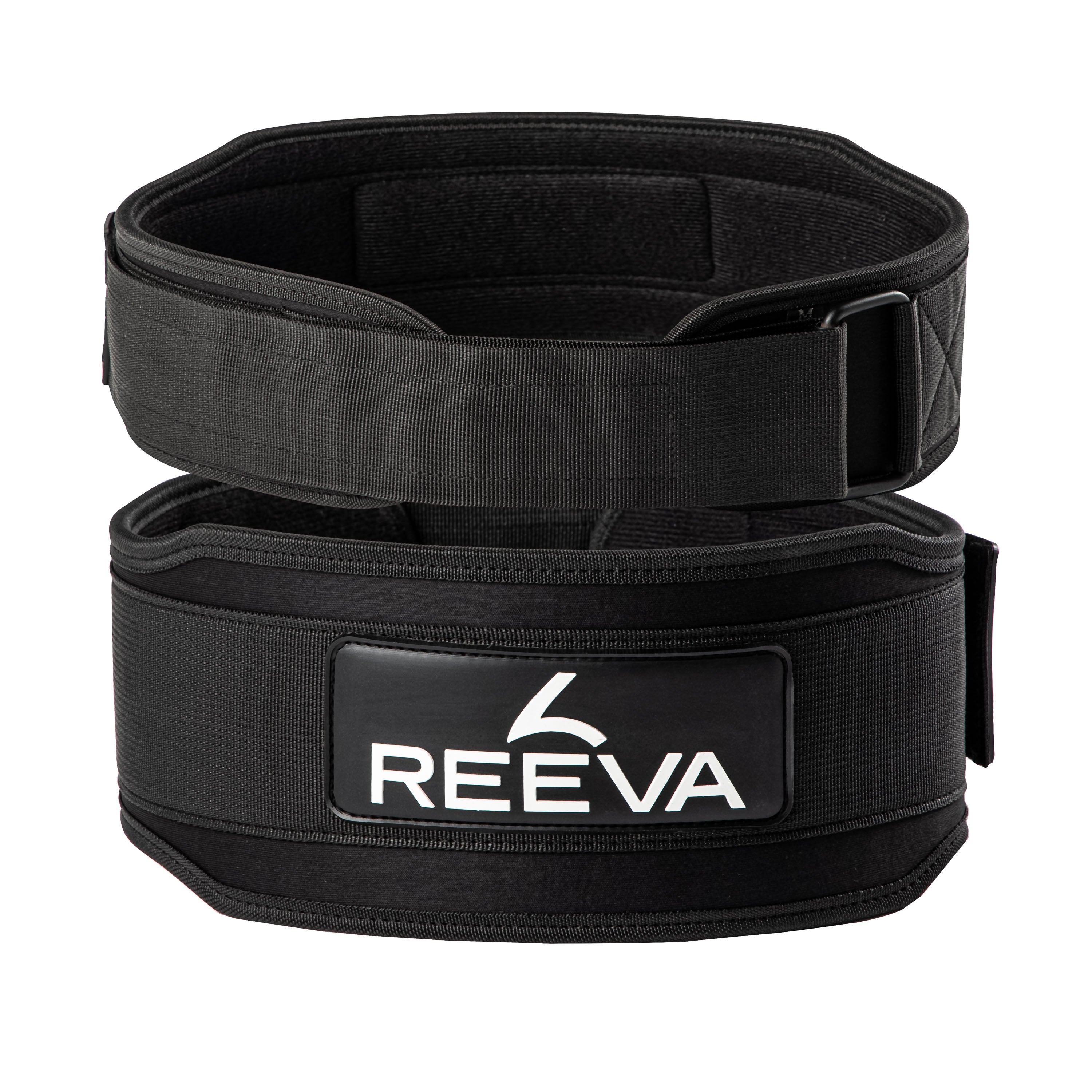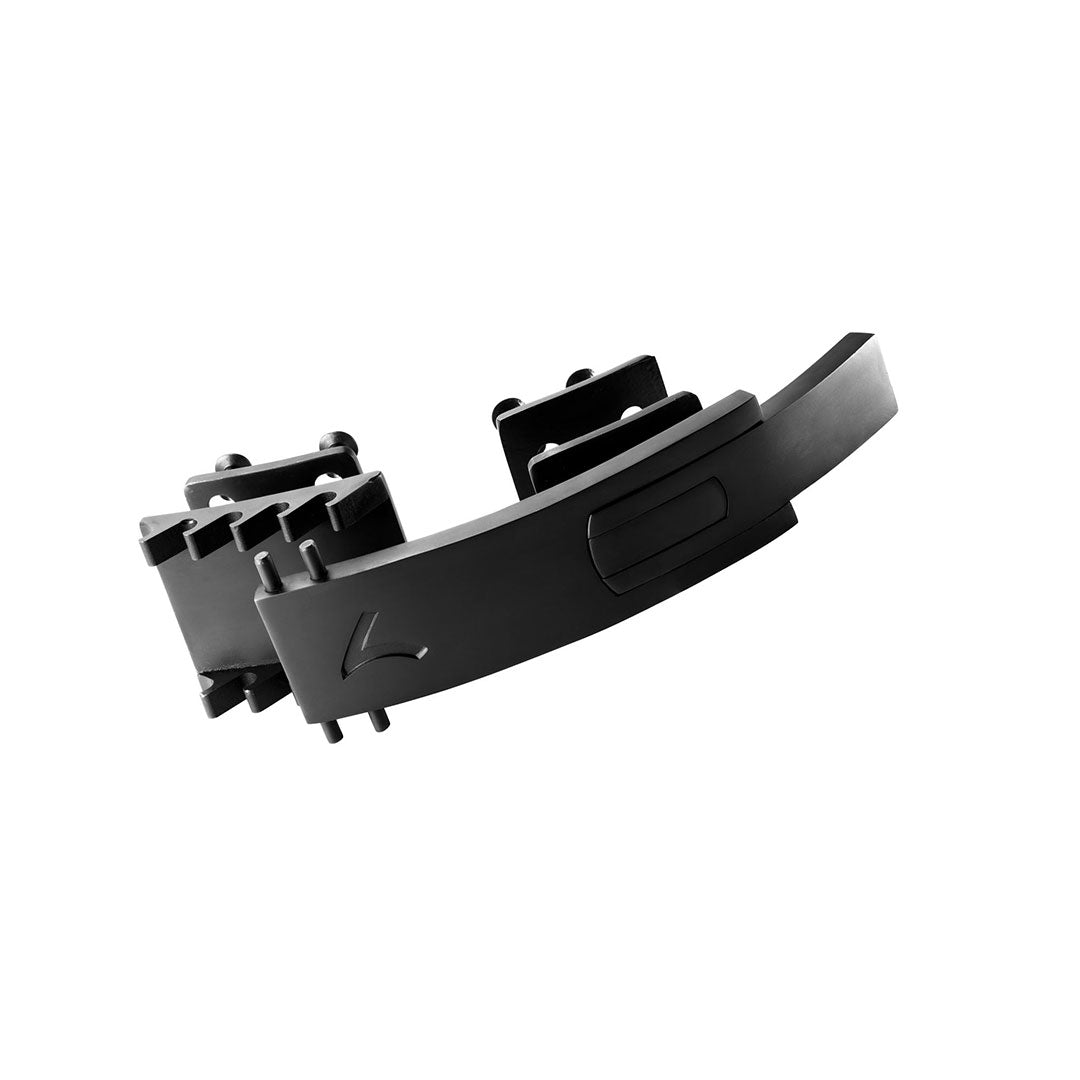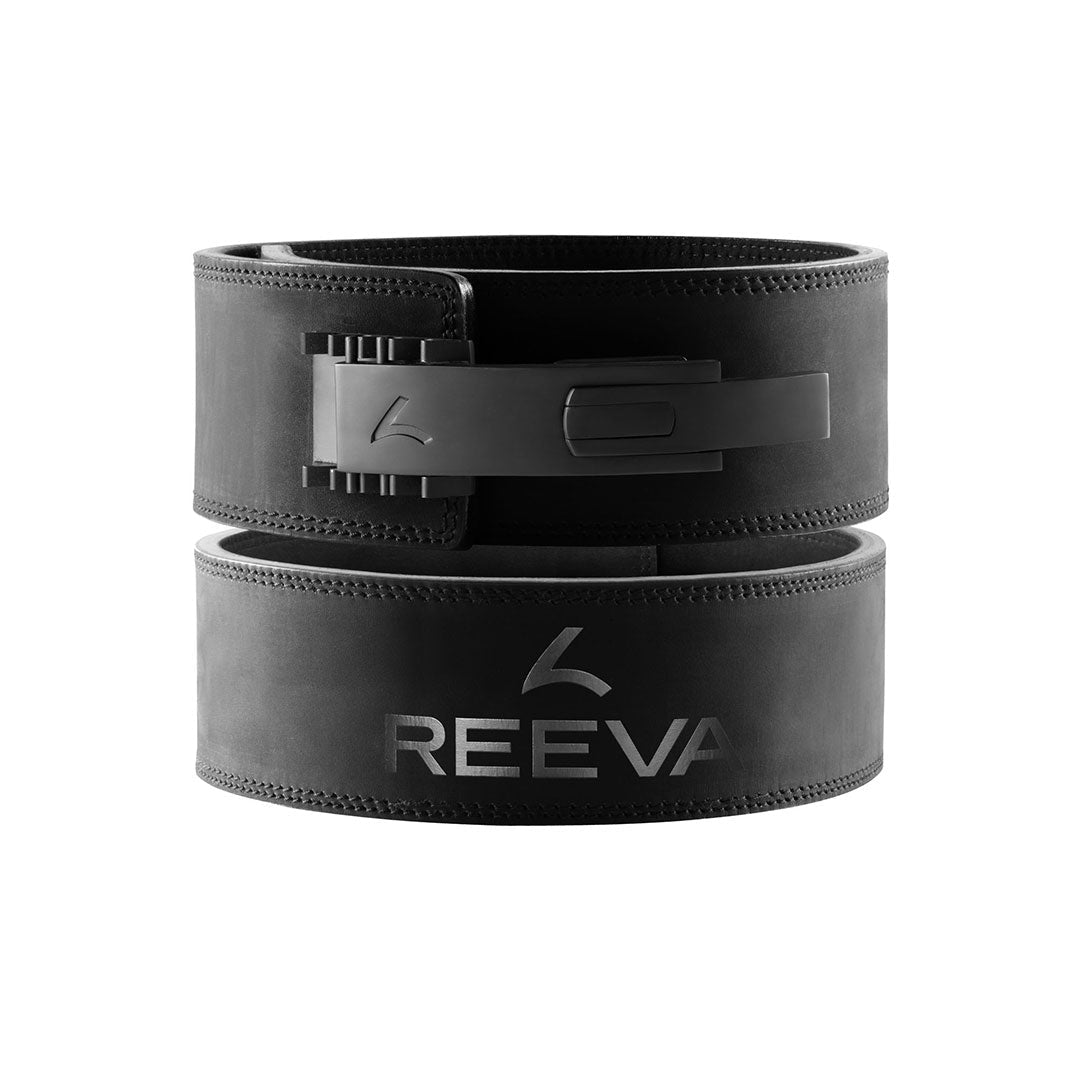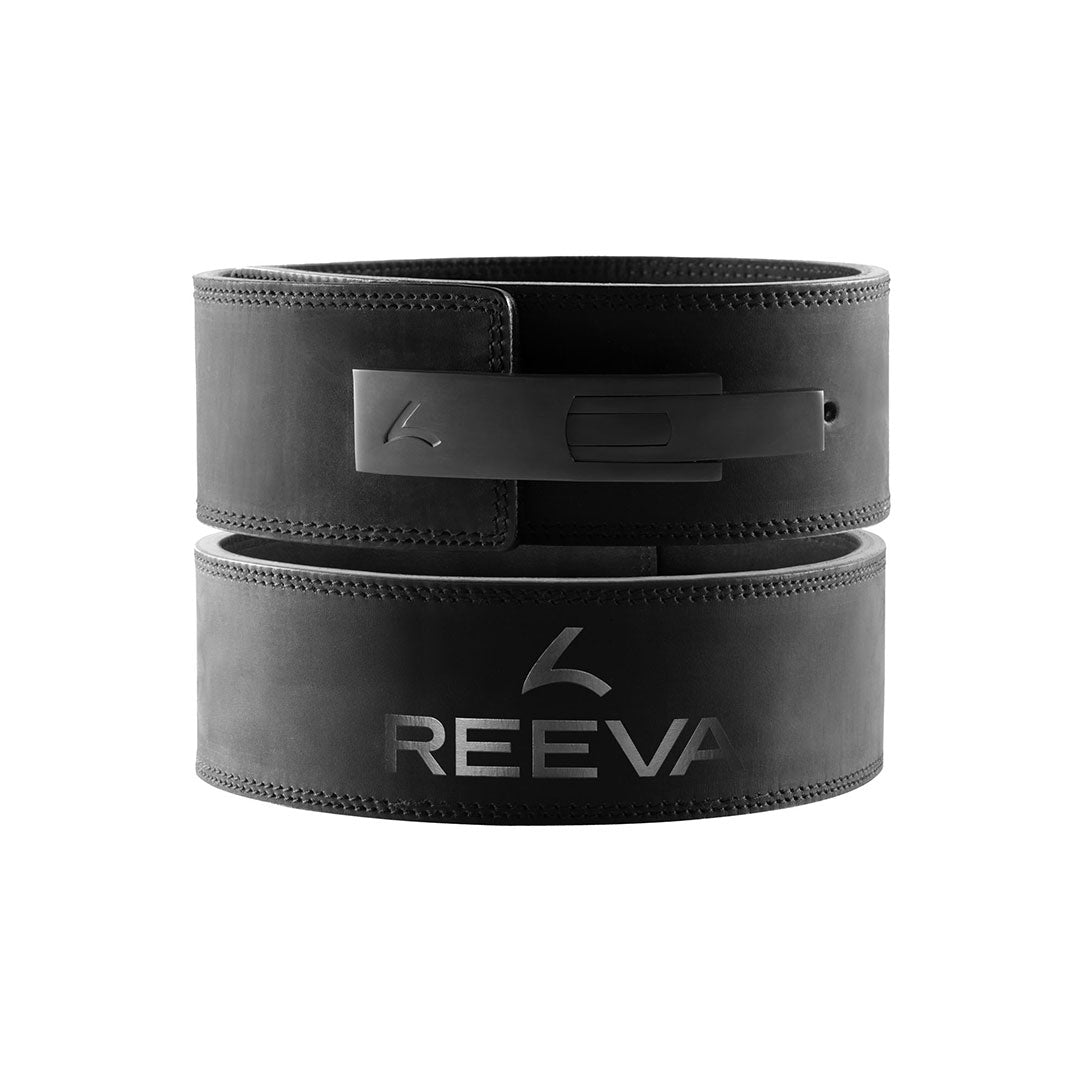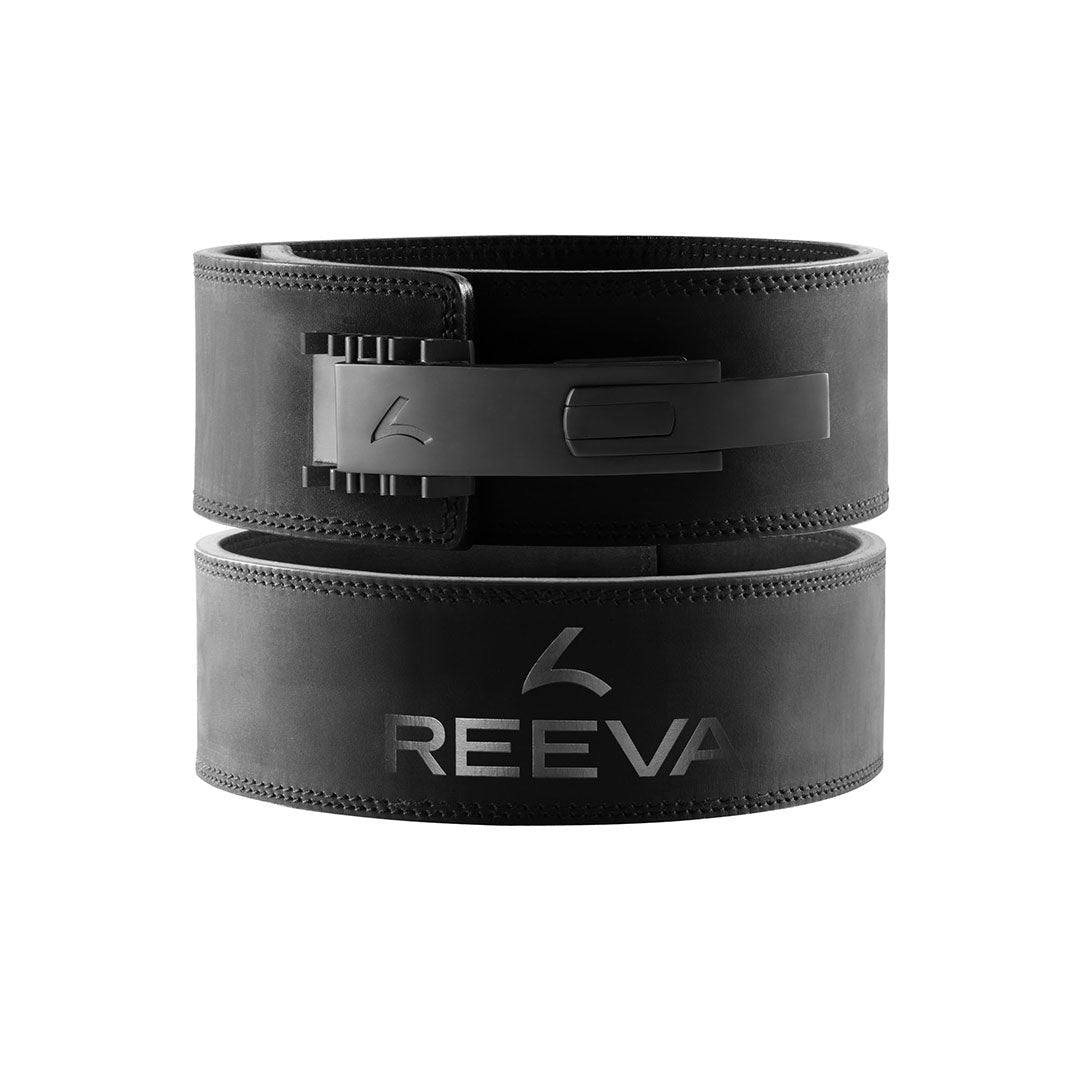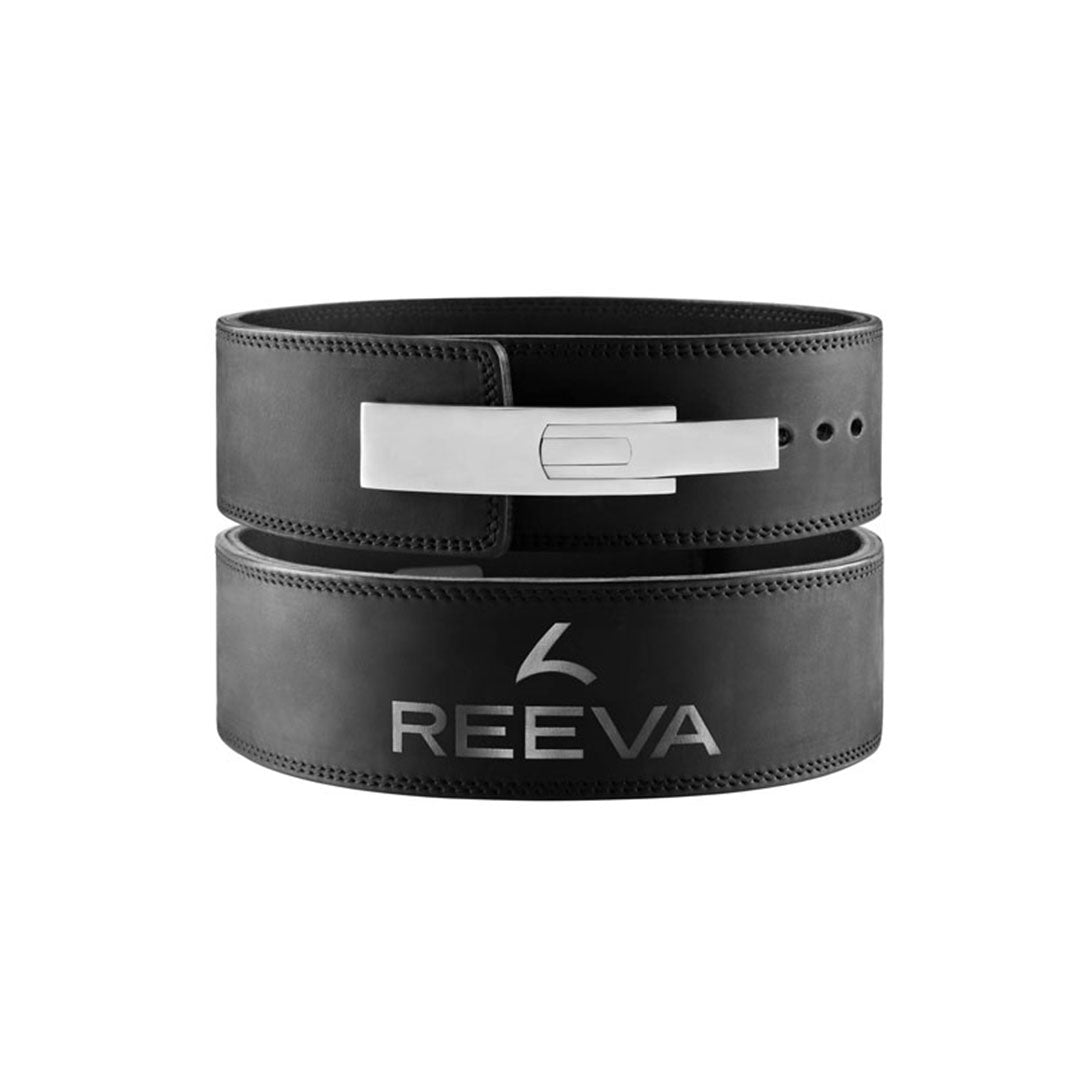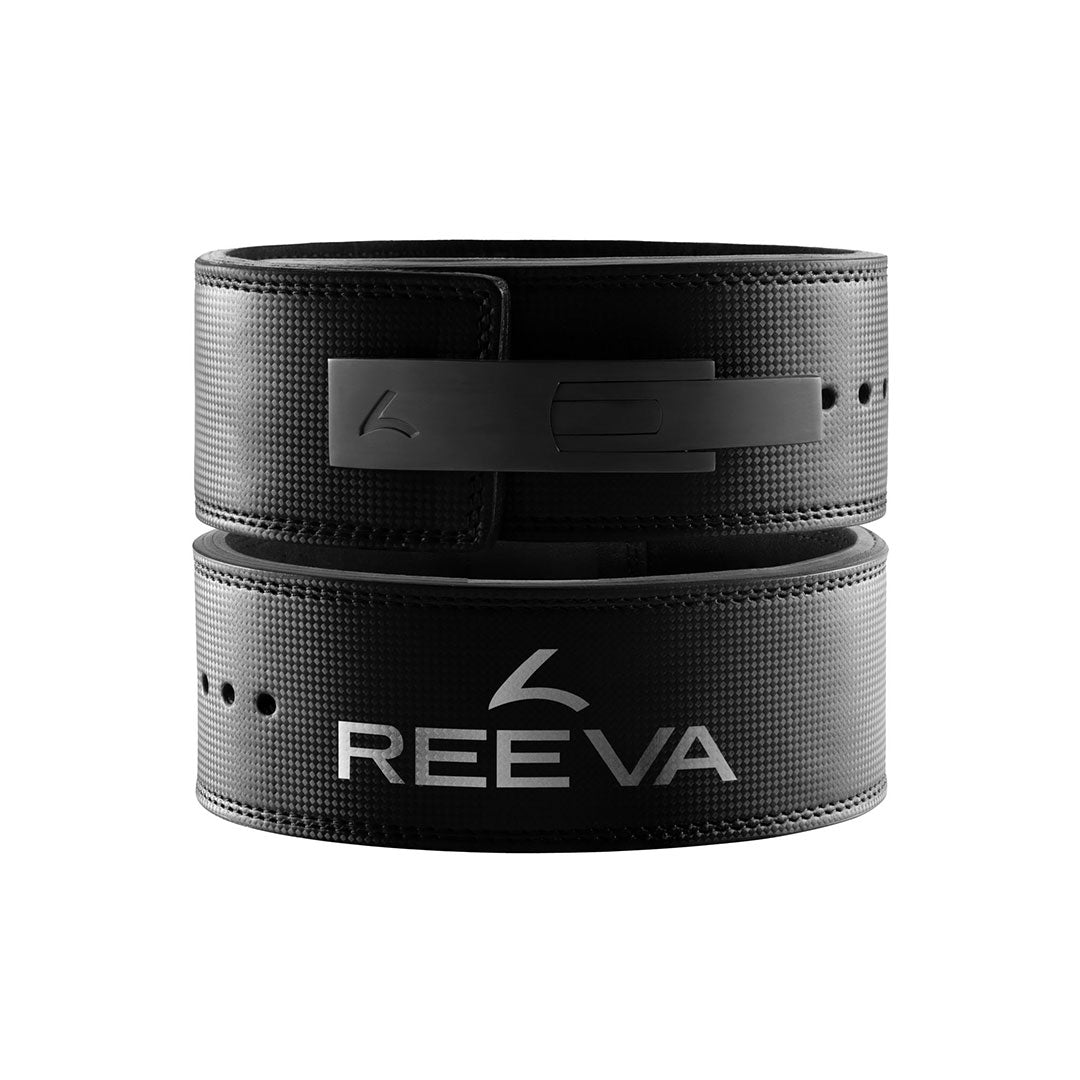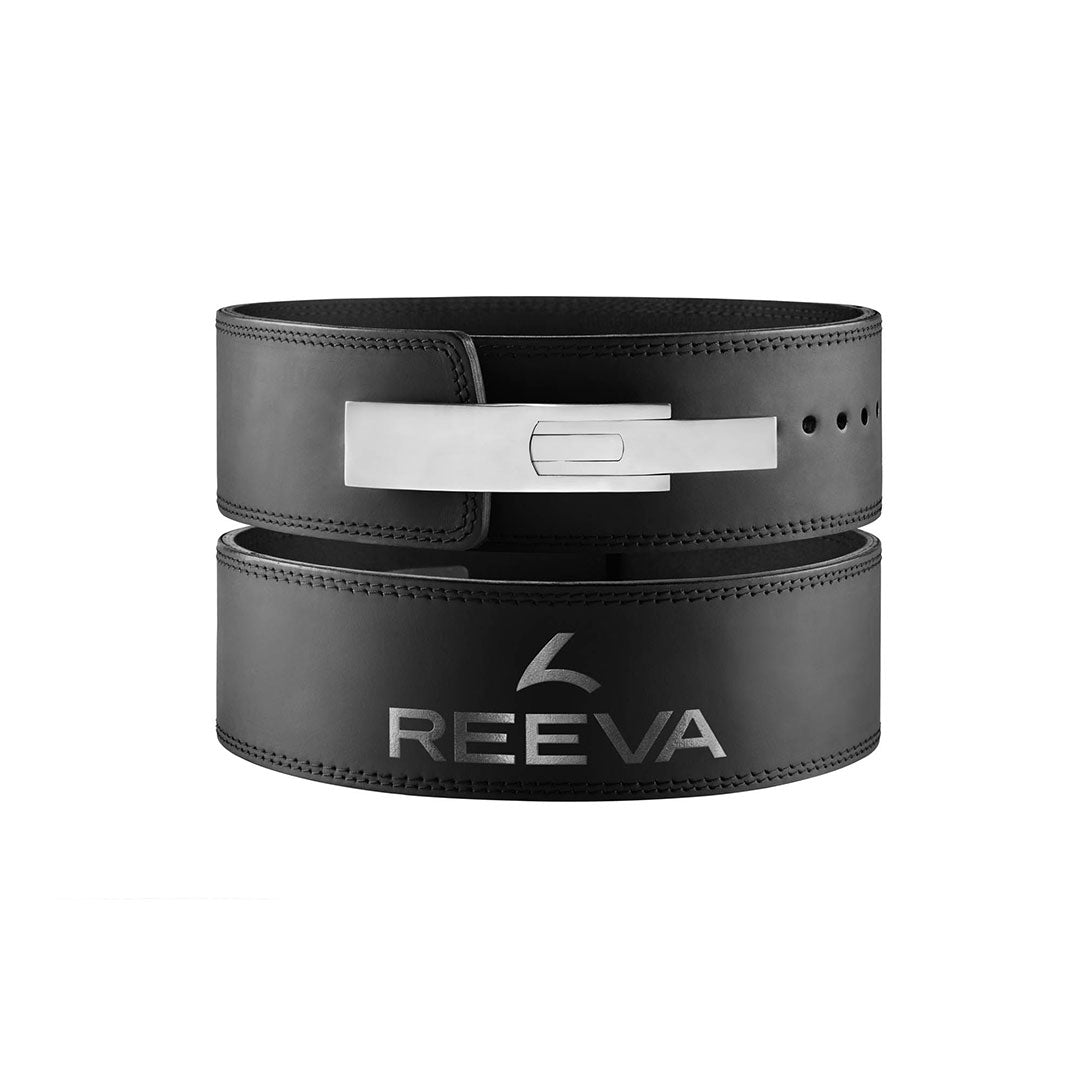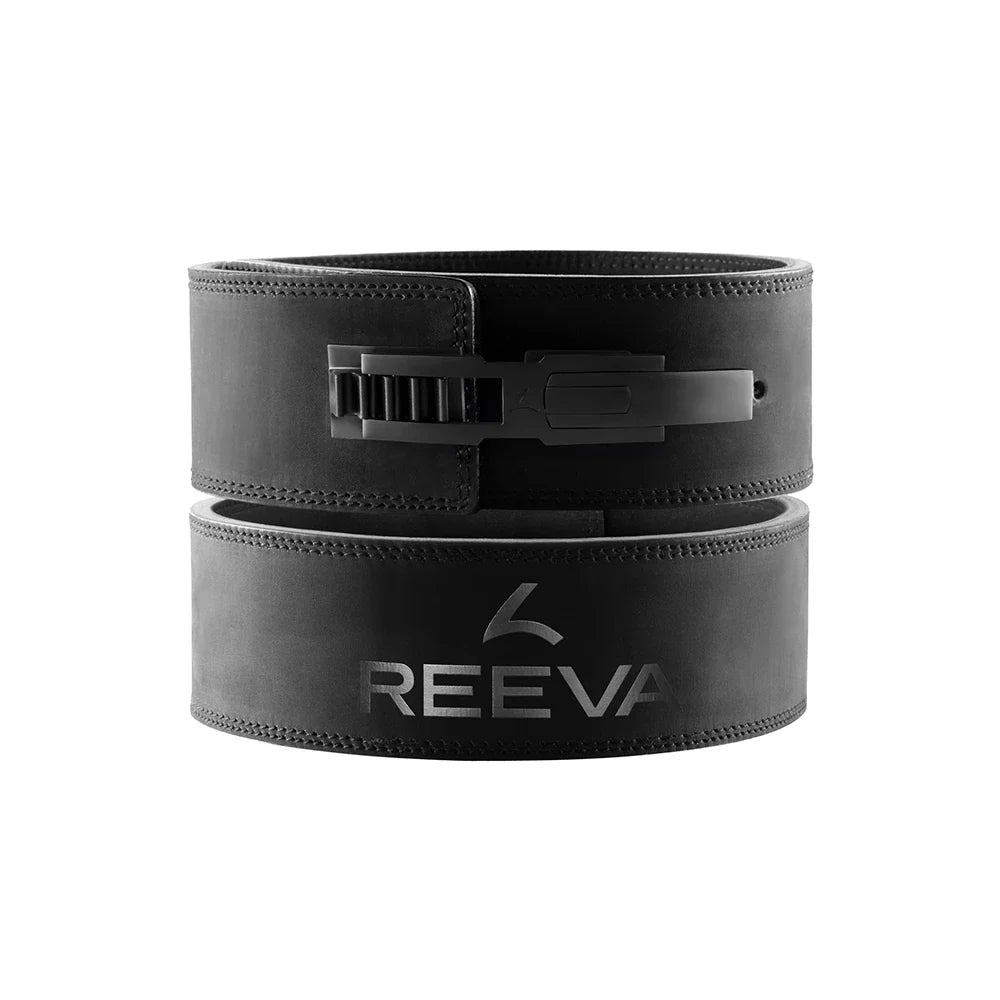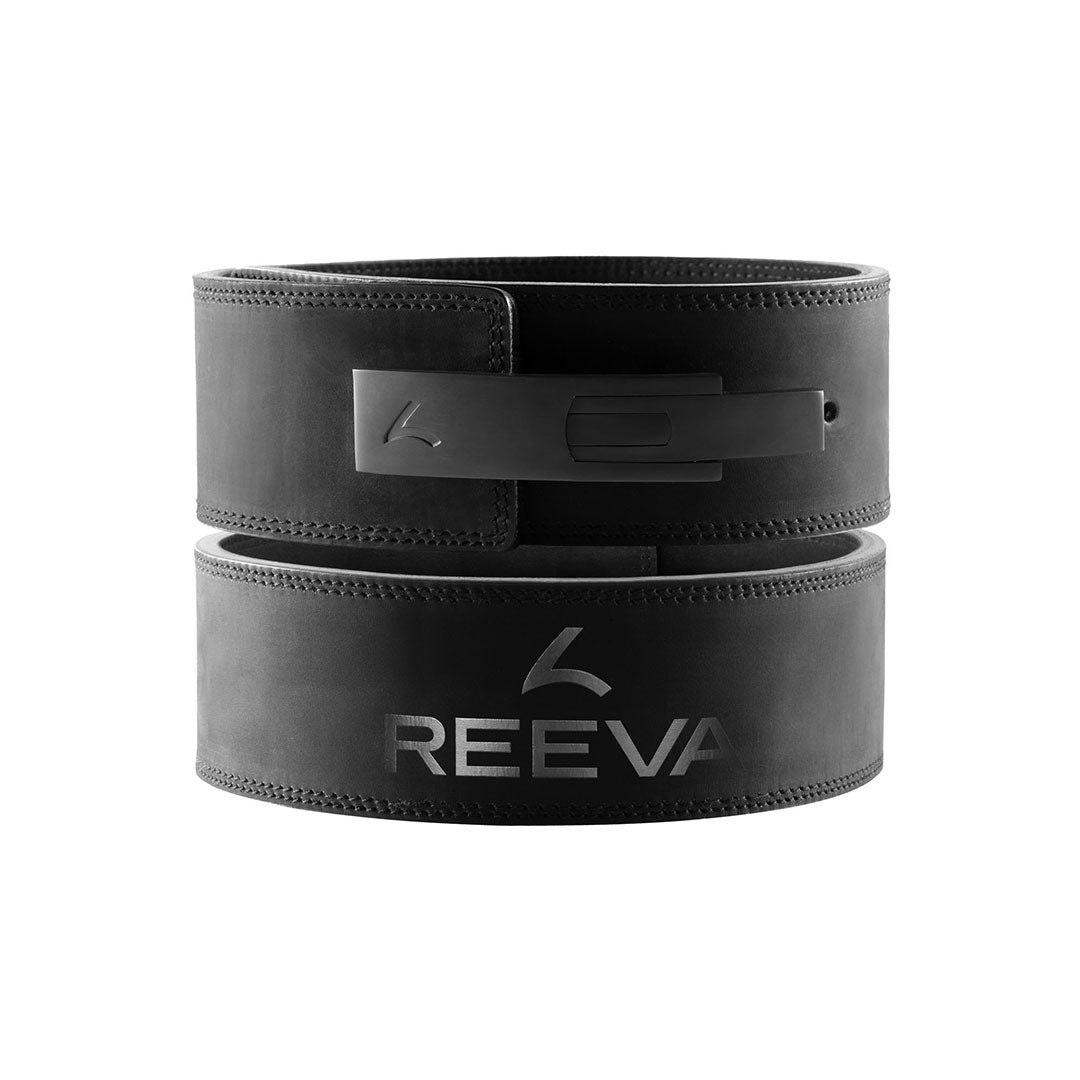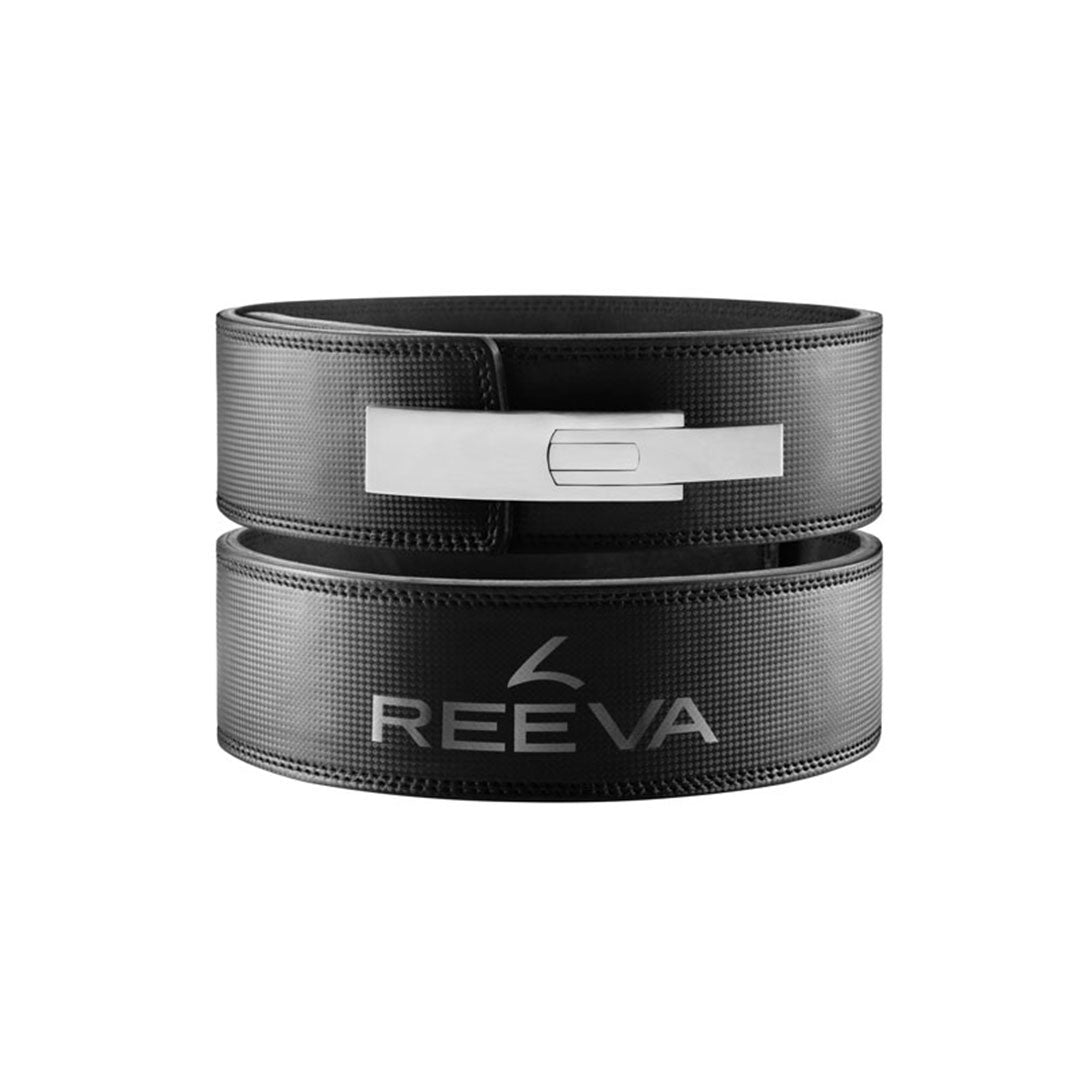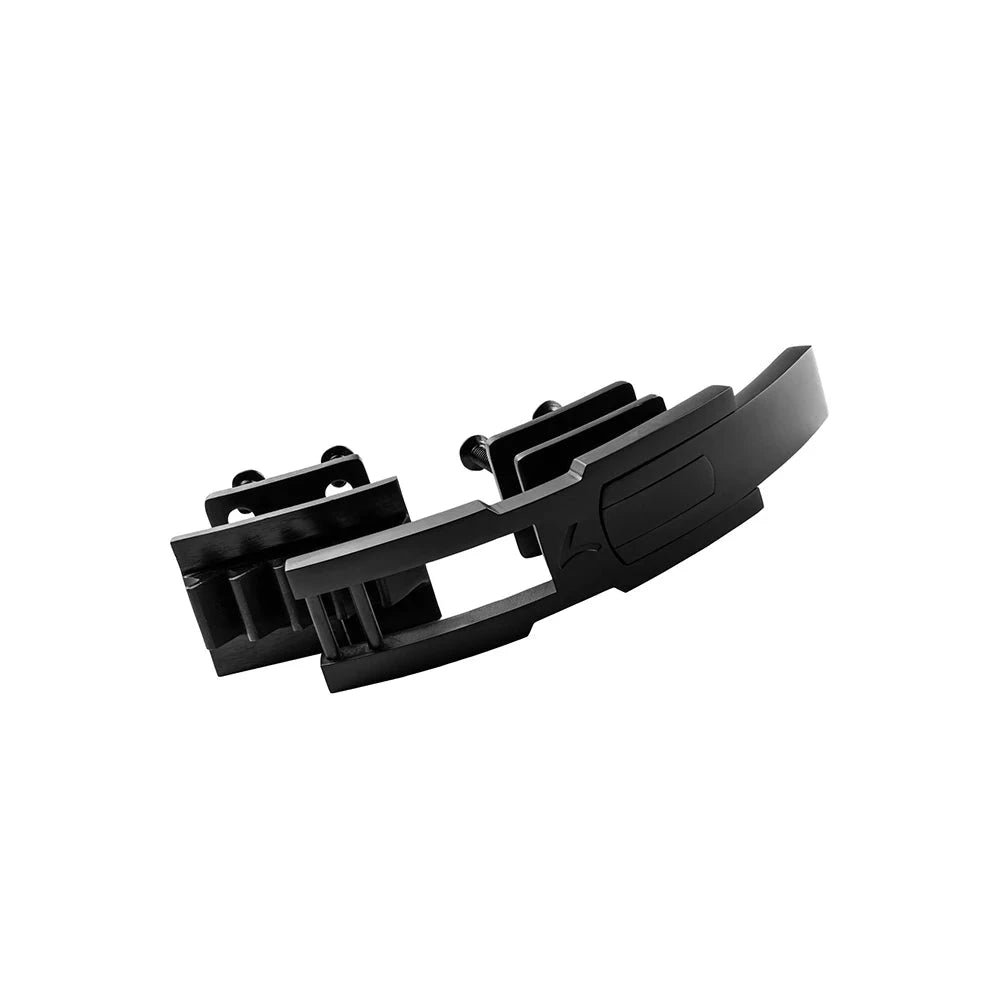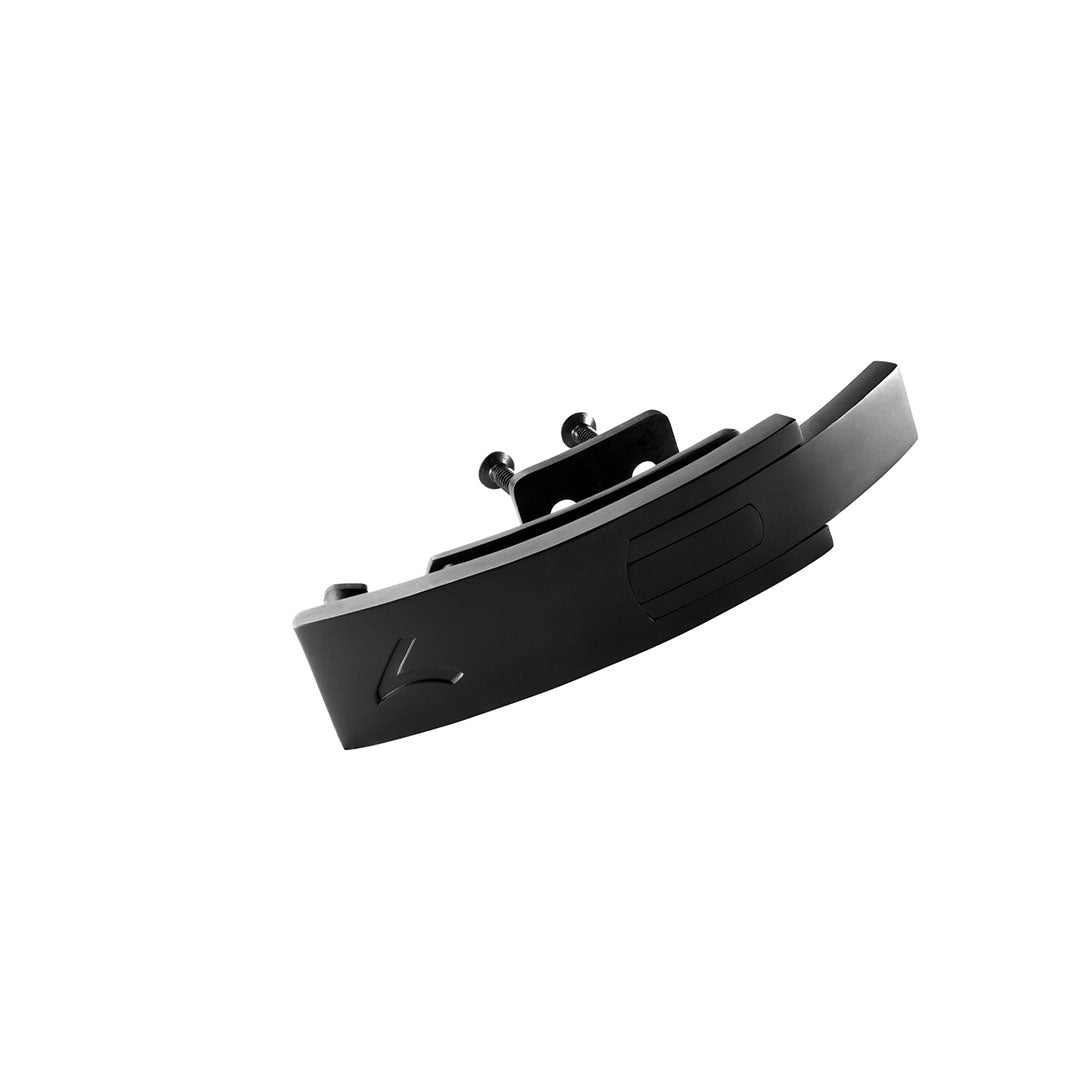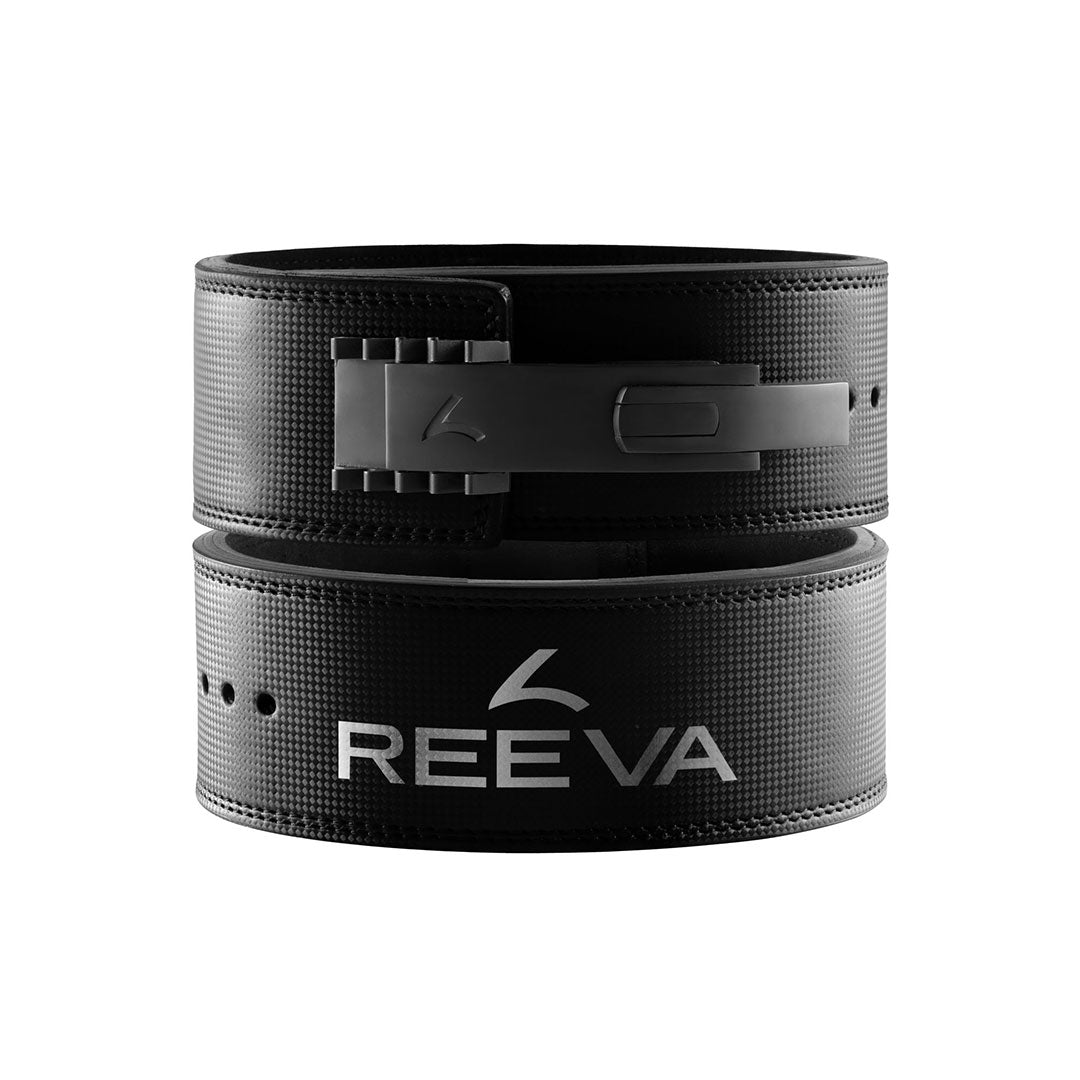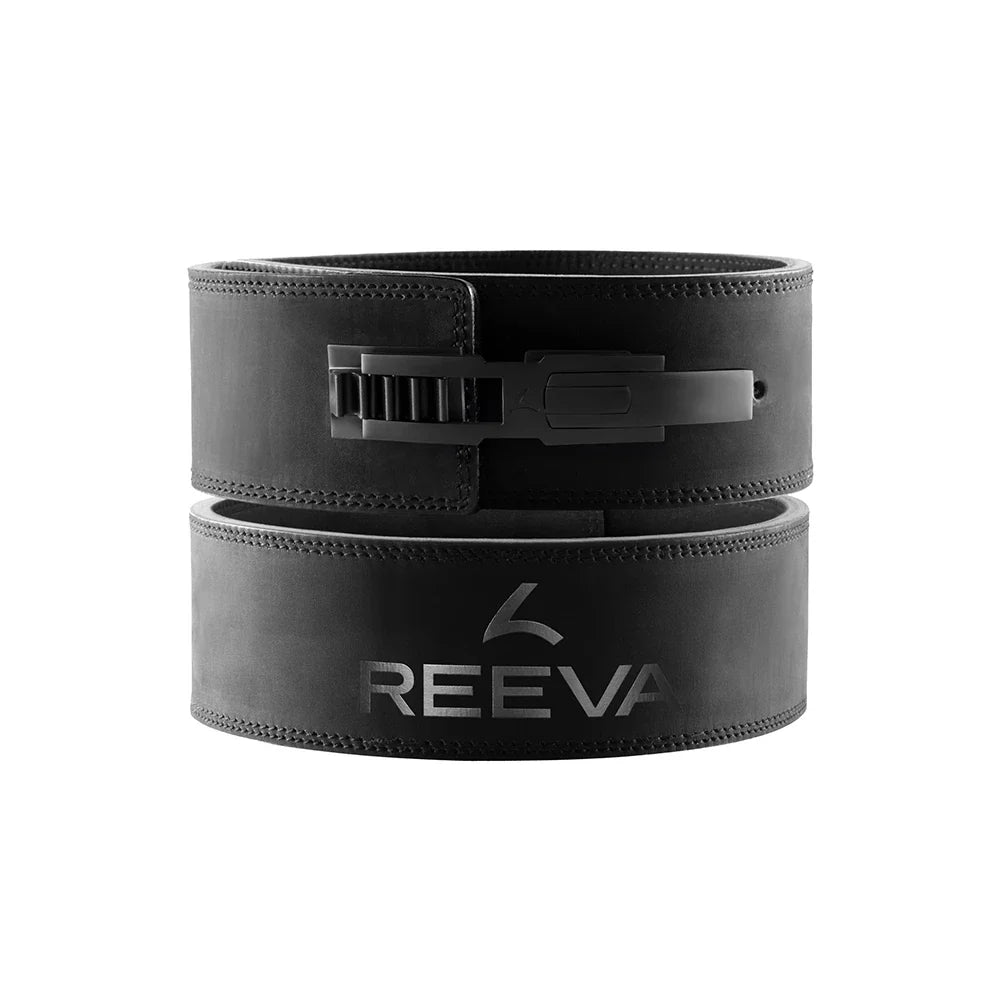What is a lifting belt?
We all know, training avidly in the Gym takes a lot out of your body. Optimal performance starts with using the right lifting gear. In this case, a lifting belt is therefore indispensable. It provides support and ensures you maintain proper form during your workouts.
In the long run, a weight lifting belt will ensure that you suffer fewer injuries. It is therefore an indispensable item in your Lifting Gear collection. It offers you unrivalled support and stability while training.
The lifting belt is an indispensable accessory for weightlifting that offers good support while training. In the past, only professional and advanced weightlifters used a lever belt. Nowadays, more and more powerlifters and fanatical lifters are using a lever belt.
Choosing size and thickness of a lifting belt
There are different types and sizes of weight lifting belts. For example, there is a difference in the thickness of a belt, but also a difference in the buckle. For beginners in powerlifting, 10MM thickness is recommended. If you start lifting heavier weights, a 13MM lever belt with extra support is a good choice.
A 10MM lifting belt, such as our Buffalo Leather Lifting Belt, is an excellent option for an average weightlifter. If you are going powerlifting, we recommend a 13MM variant, for example our Nubik Lifting Belt. This is because it is sturdier, extremely strong and more durable so you get maximum support during your workout. However, this also depends on your personal preference.
With a lever belt, you use a lever system. This ensures that you quickly break in the lifting belt and can easily take it off during your workout. Our buckles, made of stainless steel, do not corrode or rust. Moreover, our buckles come with a 1-3 year manufacturer's warranty, depending on the model.
At Reeva Europe, we have tested our powerlifting belts extensively. In doing so, we wanted to ensure that the weightlifting belts meet high quality standards. We carefully improved the shape, fit and function. This makes it suitable for all athletes.
The Reeva lifting belt features high-quality leather and a sturdy design with reinforced stitching. The buckle is easy to use and the belt is durable. That is why we offer a 1-3 year warranty on both the buckle and the belt.
Why you should buy a lifting belt
Buying a Reeva Powerlifting Belt or a Lever Belt is smart for several reasons. We specially design our lever belts to protect your back while lifting weights. They ensure that you use proper technique and remain stable during squats and deadlifts, for example.
A major benefit of wearing a weightlifting belt is injury prevention. Heavy exercises like squats and deadlifts put a lot of pressure on the back and core. Especially with a PR or many repetitions during an exercise, the risk of injury is higher. A Lifting belt can help prevent these injuries by giving your torso extra support.
Besides preventing injuries, Lifting belts can also help you lift more weight. Several studies show that lifters who use a lifting belt can increase their maximum weight. In fact, most lifters see results within just 2 weeks. In addition, it can also help you break through a deadlift or squat plateau.
In short, a weight lifting belt offers many benefits for someone going to the gym. Besides preventing injuries, it can also help you further in the gym.
Using a lifting belt
Using a lifting belt correctly is important. Make sure the belt is tight enough, but not so tight that it hinders your breathing. In addition, it is good to know that a lifting belt is no substitute for good technique and training. So keep working on your posture and technique while lifting.
To maximize your workouts and prevent injuries, use a properly sized weightlifting belt and focus on technique and training. If you're serious about strength training and lifting heavy weights, think about adding a powerlifting belt to your gear. It can really make a difference in your performance and results.
When choosing a powerlifting belt, select one that is well-made and provides good support for your lower back. It should also be adjustable to ensure a proper fit. Remember, use the belt to improve your performance and stay safe when lifting heavy weights, not as a crutch.
Always listen to your body and never push yourself beyond your limits. With the right equipment and proper technique, you can take your strength training to the next level and achieve your fitness goals.


